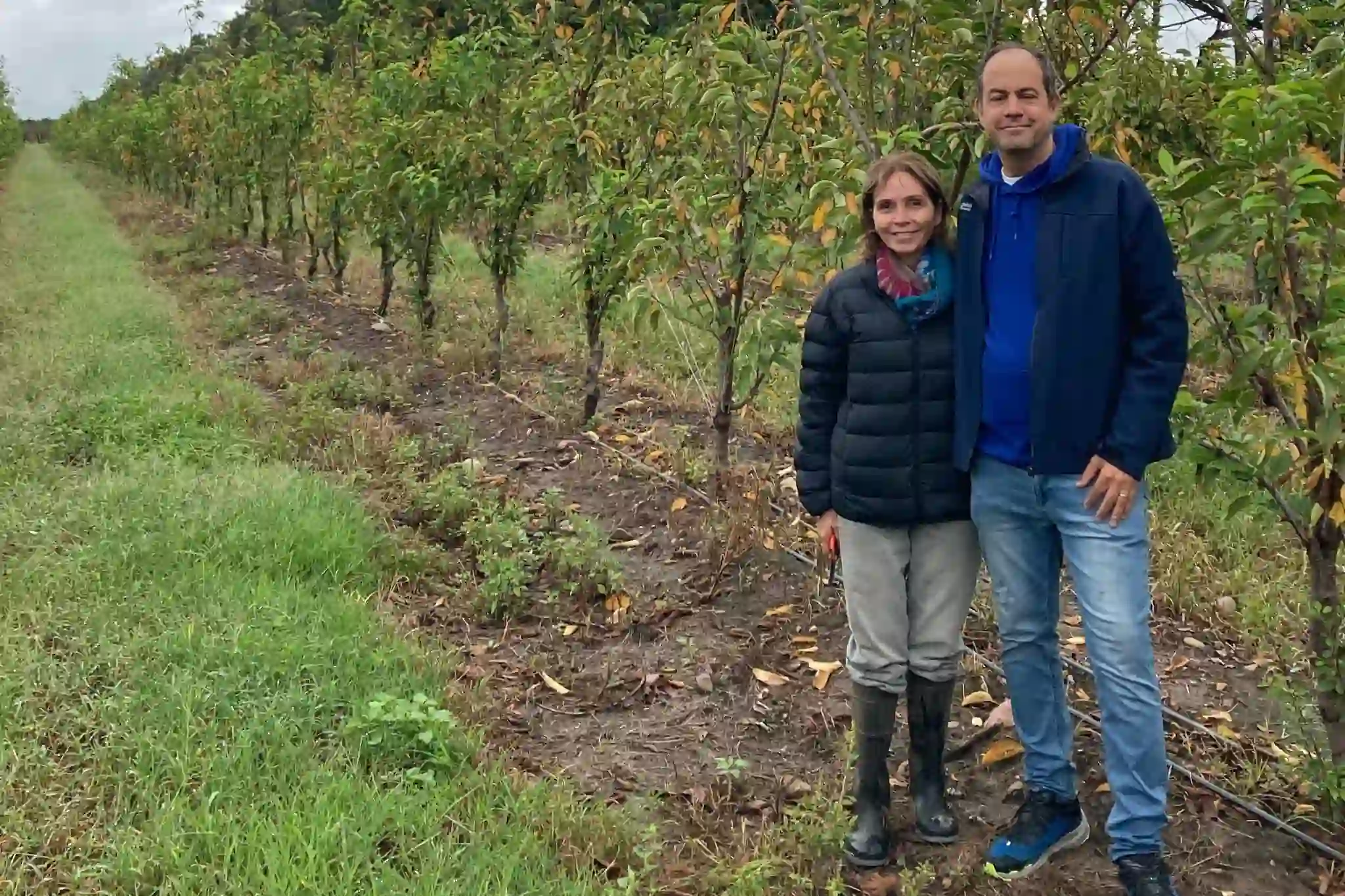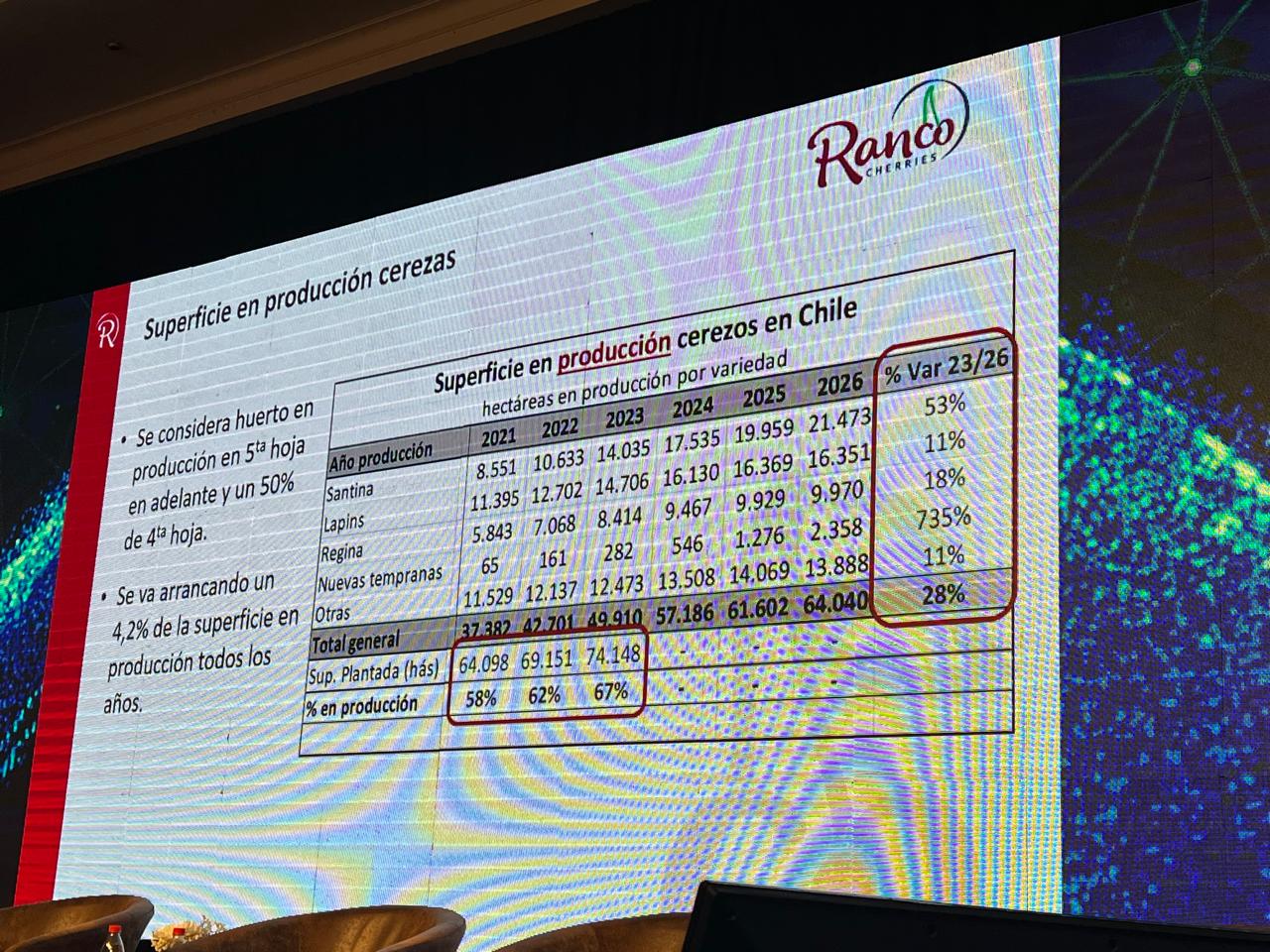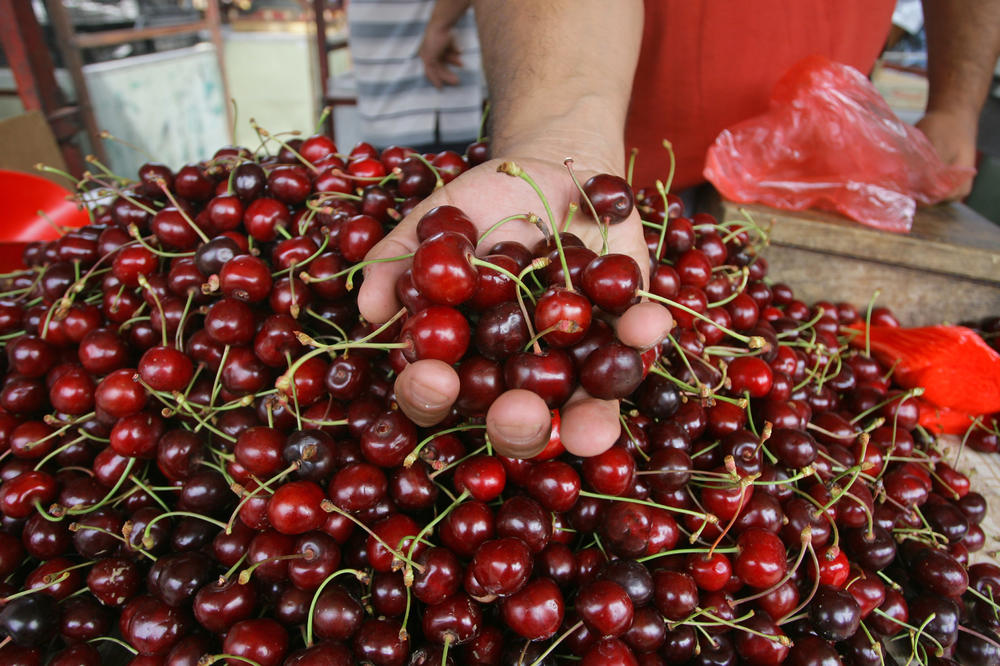In the temperate plateau of Jujuy, Argentina, the first fresh cherry of the season was harvested on September 30—a remarkable milestone for the Southern Hemisphere.
September 30, 2025, will be remembered as a historic date for South American fruit growing: in the heart of the “valle templado” of Jujuy, in northwestern Argentina, the first fresh cherries of the year were picked, more than two weeks earlier than the usual calendar.
It’s the first time a region in South America has advanced its cherry harvest this much, opening a brand-new commercial window for the continent's cherry industry.
A pioneering project
This achievement is led by Güizzo Frutas Frescas S.A., a benchmark company in early cherry production in Argentina.
The project stems from a collaboration with Finca Machuca, run by grower Oscar Machuca in Monterrico, and researcher Dr. Viviana Curzel, professor at the Faculty of Agricultural Sciences at the National University of Jujuy (UNJu).
The experimental block, planted between 2022 and 2023, hosts around 2,000 trees across six cultivars.
Among them, Minnie Royal and Royal Lee—varieties developed by the renowned Zaiger genetics program—have shown exceptional technical performance in their second season.

Ultra-early cherries
The quality parameters achieved by the two main varieties speak for themselves:
Sugar level: 25–29° Brix, well above the species average.
Color: intense and uniform, with a harvest index between 2 and 3 on the CTIFL scale.
Firmness: crunchy fruits with dense, compact flesh.
Average size: between 22 and 24 mm, perfectly in line with ultra-early cultivar standards.
These results are the outcome of meticulous technical work.
The team applied advanced agronomic strategies: summer defoliation, targeted promalin application, branch management, growth regulators, and dormancy breakers administered at different stages and doses.
All these practices aimed to optimize blooming and fruit set in a still-young orchard.
Why Jujuy is a fruit-growing oasis
The project's success also relies on the unique climatic conditions of the “valle templado” in Jujuy, which differ significantly from other fruit-growing regions in Argentina and Chile.
Short winters with 20–25 chill portions, warm and timely rainy summers, high solar radiation, and low relative humidity: a combination that encourages early ripening, vibrant color, and high sugar concentration.
Thanks to this microclimate and agronomic know-how, Jujuy has achieved—for the second consecutive year—a harvest during the 40th week of the agricultural calendar, anticipating traditional early areas like Mendoza or Chile’s Coquimbo region by 15–20 days.
This achievement rivals harvest timing in northeastern South Africa, a global benchmark for early cherries.
Strategy for Argentine export
“Being able to harvest high-quality cherries as early as late September is a huge strategic advantage for both the domestic and export markets,” explains Agronomist Nicolás Güizzo, the company’s technical director.
“We are still in the experimental phase, but we are facing and overcoming the typical challenges of a marginal cherry-growing area.”
This early-season breakthrough gives Argentina the opportunity to enter a premium niche in the global market, characterized by high demand and low supply.
The tested varieties also show excellent adaptability to the Andean environment, paving the way for the introduction of new ultra-early genetic materials such as those developed by the Bloomfresh program, known for their low chill requirements.
From pioneers to key players
Dr. Viviana Curzel highlights that Jujuy already has extensive experience with low-chill fruit species: “For over 40 years, we’ve been growing early peaches, nectarines, and plums.”
“We have local varieties developed here at UNJu, with harvests ranging from September to mid-November.”
The ultra-early cherry trial thus confirms the region’s extraordinary potential: a zone capable of merging technical innovation, scientific research, and rare agroecological conditions.
A new chapter
With this first ultra-early harvest, Argentina opens a promising chapter in Southern Hemisphere cherry growing.
Although still in the testing phase, the model already demonstrates clear technical and commercial sustainability, positioning the “valle templado” of Jujuy as a new high-value fruit hub.
In the context of a global market increasingly focused on early-season fresh fruit availability, this milestone represents a significant competitive lever.
The integration between business, local farmers, and academia proves to be a winning strategy for innovation and for enhancing non-traditional productive areas.
Source: masp-lmneuquen-com
Image source: Güizzo Frutas Frescas SA
Cherry Times – All rights reserved













